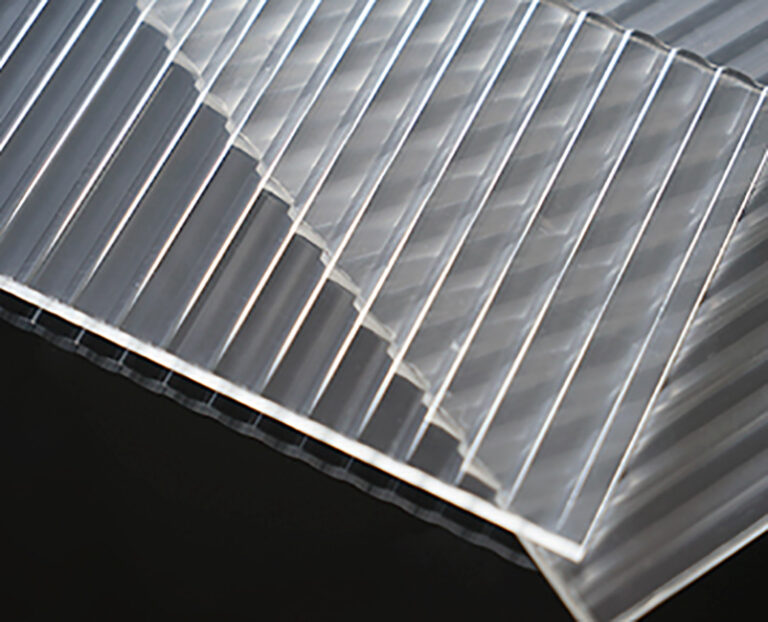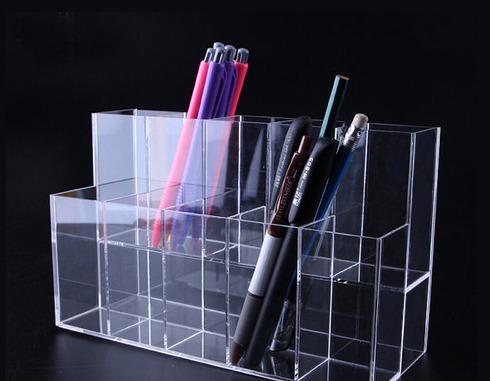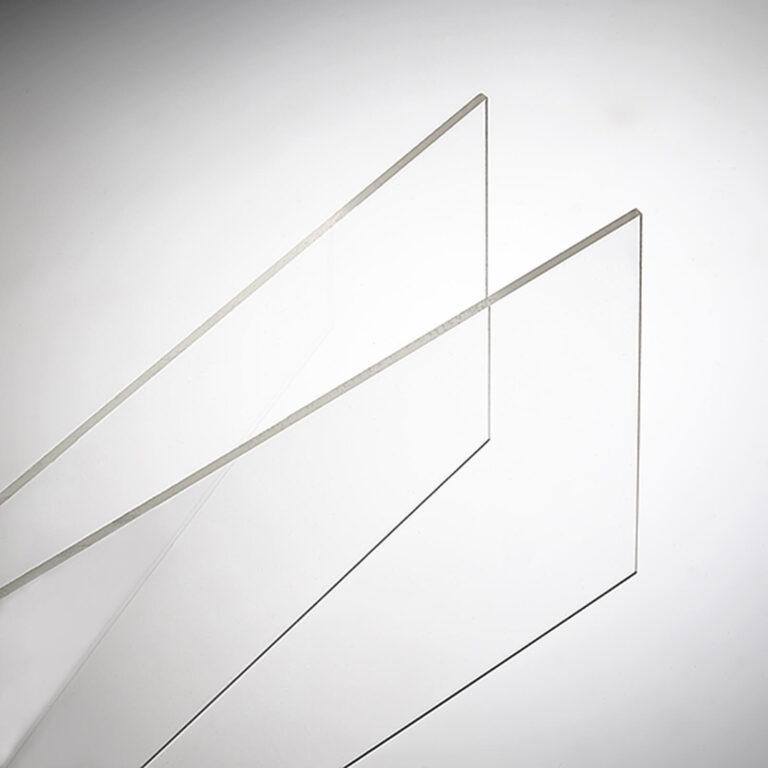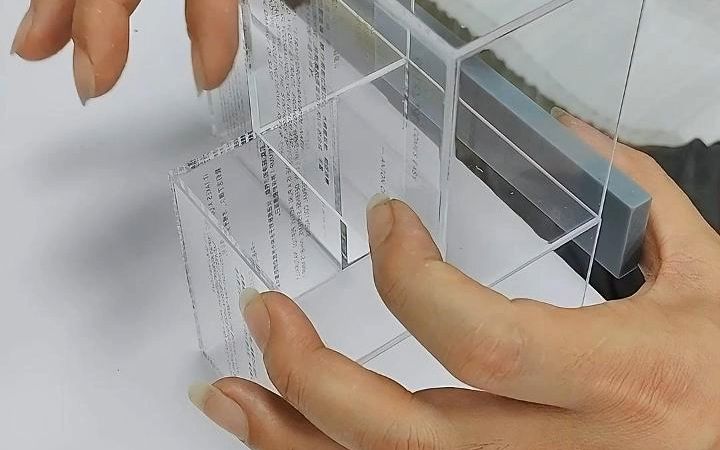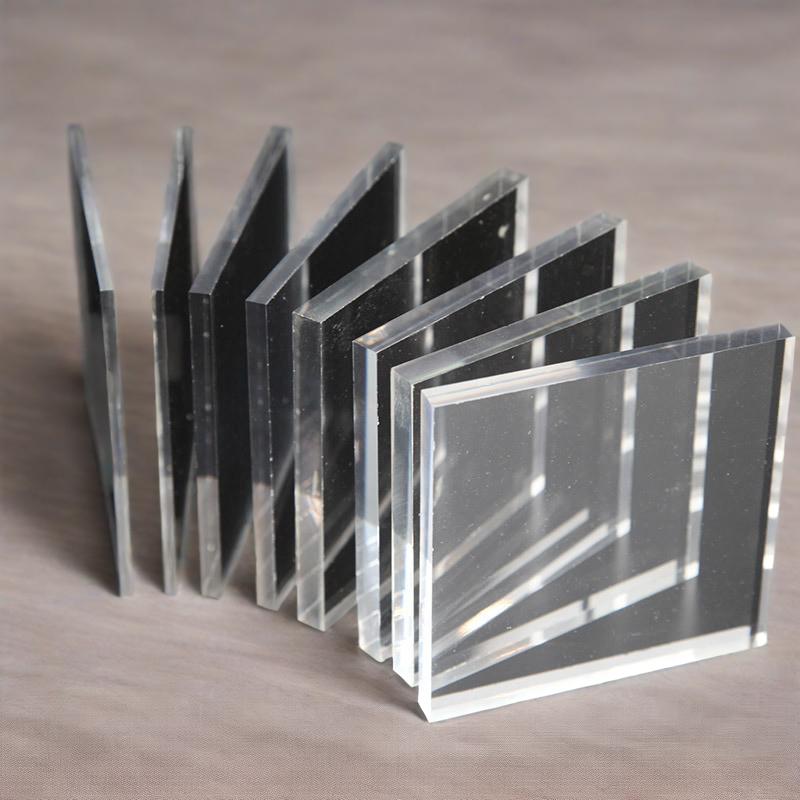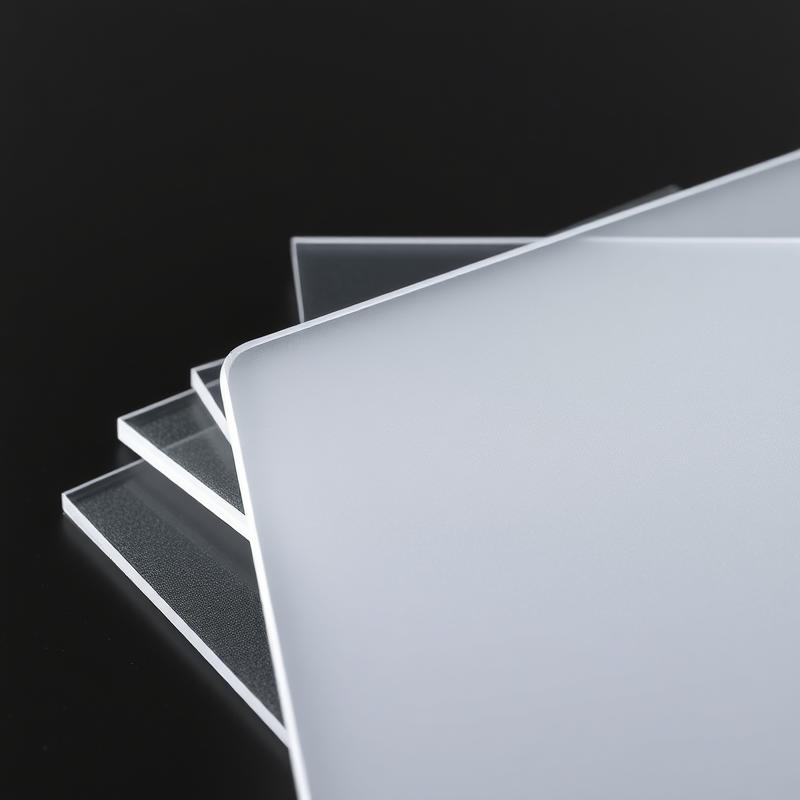-
Xinqi Development Zone, Leliu, Foshan, Guangdong
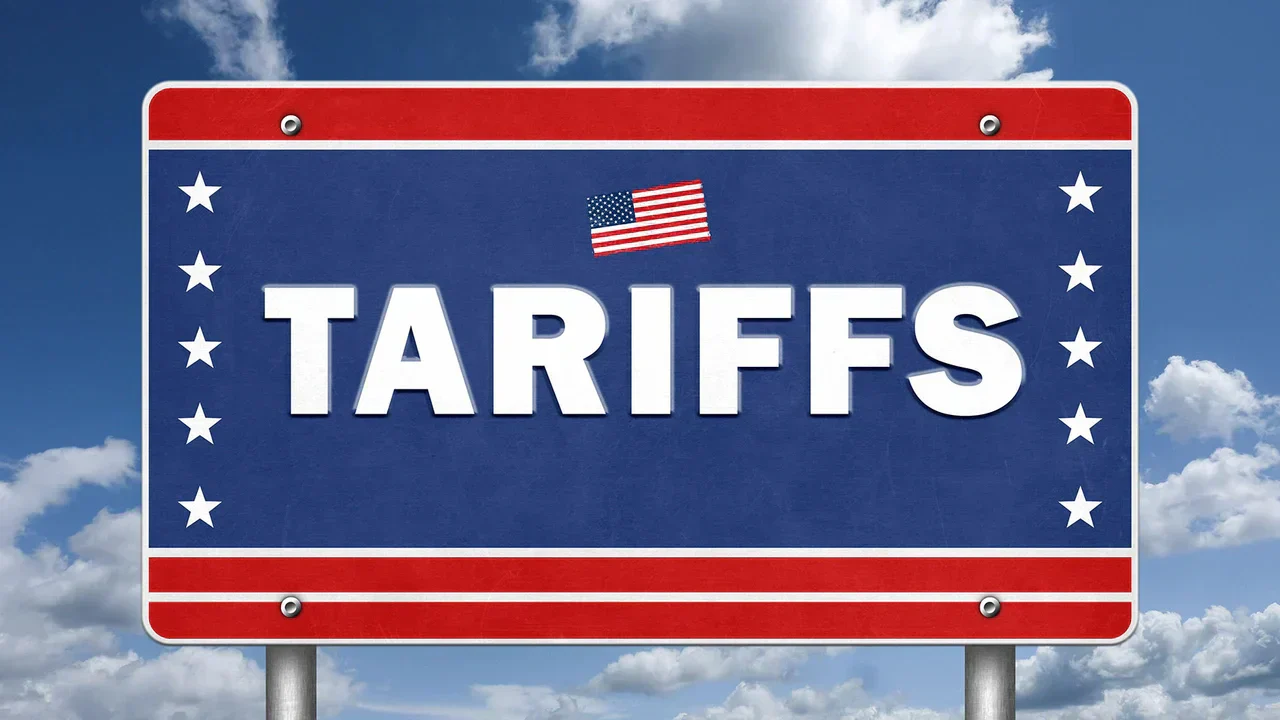
How Tariffs Affect Acrylic Costs & Industry Strategies
Table of Contents
Introduction: Acrylic Dilemma in Global Trade Changes
The global plastic products trade is expected to reach US$789 billion in 2024, and acrylic sheets, as the core raw material of high-end plastic products, are experiencing unprecedented tariff shocks in their supply chain (data source: Statista). The 25% additional tariff imposed by the United States on imported plastic products from China has caused a surge in the import cost of acrylic sheets by 18%-22%. This tariff policy, which began with trade protection, is reshaping the competitive landscape of the entire acrylic industry. This article will deeply analyze the 10 major industry upheavals caused by tariffs and reveal the way out for leading companies.

Ten Dimensions of Tariff Shock on Acrylic Sheets
1. Three-step jump in raw material prices
The American Chemistry Council study shows that import tariffs on acrylic resins have increased the cost of basic raw materials by 23%. Manufacturers represented by Sanyu Acrylic bear an additional raw material premium of US$150,000 to US$200,000 per month. Import prices for key raw materials such as PMMA have risen by 37% since 2020 (IBISWorld industry report).
2. The butterfly effect of supply chain reconstruction
Sea-Intelligence, a global shipping data platform, pointed out that the average delivery cycle of acrylic sheets has been extended from 45 days to 78 days. A California manufacturer lost $5.2 million worth of annual orders due to delayed delivery, confirming the fragility of the supply chain (case source: PlasticsToday industry media).
External link: American Chemistry Council Plastics Industry Report
3. Survival crisis of small and medium-sized enterprises
According to data from the U.S. Small Business Administration, 23% of acrylic processing companies are considering transformation due to cost pressure. A typical case is AcrylicWorks, a family business in Florida, whose gross profit margin has been compressed from 19% to 6%, and is on the verge of bankruptcy.

4. Accelerated pressure of technology upgrade
Tariffs force companies to invest in automated production lines. Sanyu Acrylic invested $3.8 million to upgrade the digital cutting system, increasing the sheet utilization rate from 82% to 95%. The overall equipment update rate of the industry increased by 42% year-on-year .
5. The rise of the market for alternative materials
Acrylic usage in the construction field decreased by 12%, and polycarbonate materials were used instead (American Institute of Architects survey). However, due to the restrictions of health standards, the medical field still maintains an 89% acrylic usage rate (Medical Device Industry Association White Paper).
External link: Medical Device Material Standard Guide
6. Value reconstruction of consumer behavior
The average price of customized acrylic furniture increased by 28%, giving rise to a new “shared cutting” business model. Acrylic sheet community sharing workshops appeared in New York, and the membership model reduced DIY costs by 35% (New York Times Business Edition report).
7. The double-edged sword effect of environmental regulations
The new EU regulations require a 60% recycling rate for acrylics, and the cost of domestic recycling in the United States is 41% higher than that of imported recycled materials (data from the Environmental Protection Agency). The closed-loop recycling system established by Sanyu Acrylic has enabled the reuse rate of waste materials to reach an industry-leading 78%.
8. Strategic shift in regional production
The number of acrylic factories on the Mexican border has surged by 47%, using the USMCA agreement to achieve “tariff-avoiding production”. However, the cost of product certification has increased by 19%, weakening the price advantage (investment report of the Mexican Ministry of Economy).
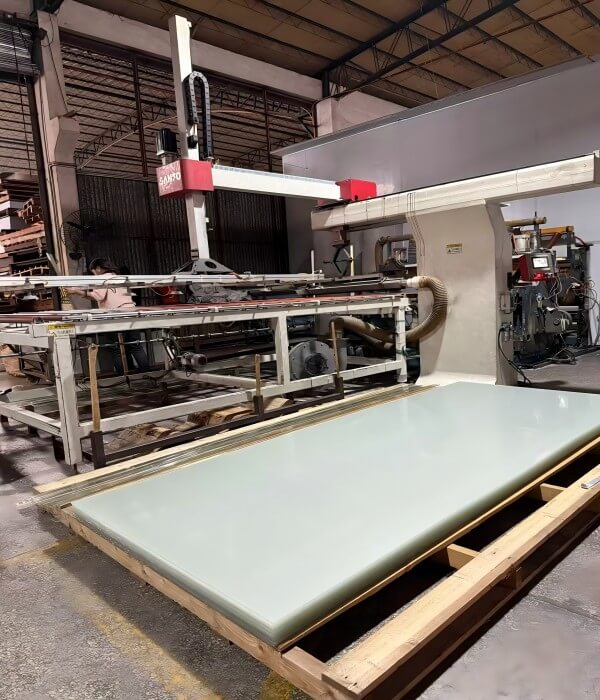
9. Paradigm revolution in digital procurement
Data from the B2B platform Thomasnet shows that online acrylic procurement has soared by 163%. The VR material selection system launched by Sanyu Acrylic has increased customer decision-making efficiency by 40%, and the proportion of remote orders has reached 35%.
10. Chain reaction of policy games
The approval rate of Section 301 tariff exclusion applications is less than 7%, but lobbying by corporate alliances has resulted in temporary exemptions for acrylic molds. The industry predicts that the tax rate may be adjusted by 5-8 percentage points in 2025.
Three Paths of Acrylic Sheet Value Innovation
1. Breakthrough of cost control
Sanyu Acrylic adopts “3D nested cutting algorithm” to make the standard board material yield exceed the industry average of 91%. With the blockchain traceability system, the raw material procurement cost is reduced by 14% (corporate sustainable development report).
2. Scenario reconstruction of service model
The “Tariff Insurance Plan” was launched, and customers can lock in the price by pre-depositing 6 months of usage. The plan has covered 38% of strategic customers and reduced customer inventory costs by 22% (customer survey data).
3. Global layout of technical standards
Leading the formulation of the new ASTM acrylic fireproof standard (ASTM E84 Class A certification) to build technical barriers. The premium ability of related products has increased by 19%, offsetting the impact of tariffs (report by third-party testing agency Intertek).
External link: ASTM Material Standard Database
FAQs of Tariffs Impacts on Acrylic Industry
Are there alternative materials to circumvent tariffs?
The construction sector has turned to polycarbonate (amount increased by 12%), but due to hygiene standards in the medical field, 89% of scenarios still require acrylic
Do tariffs cause acrylic sheets delivery delays?
The average delivery cycle has been extended from 45 days to 78 days, but leading companies have kept the delay rate within 8% through blockchain logistics optimization.
How can consumers reduce DIY costs?
The shared cutting workshop model can save 35% of costs, or choose suppliers with tariff insurance to lock in prices (such as Sanyu Acrylic’s plan).
Conclusion of Acrylic Sheet in Reconstruction
The Boston Consulting Group predicts that the global acrylic market will reach $28.5 billion in 2025, but the competition dimension has shifted from price to comprehensive value. Companies like Sanyu Acrylic, which transform the tariff crisis into an opportunity for digitalization, service, and sustainable upgrades, are winning tickets to a new round of industrial transformation. When the 25% tariff lever leverages 100% of the industry transformation, this supply chain revolution has just begun.
Visit Sanyu Acrylic Official Website now to obtain the “Tariff Response White Paper” and get customized cost optimization solutions.

